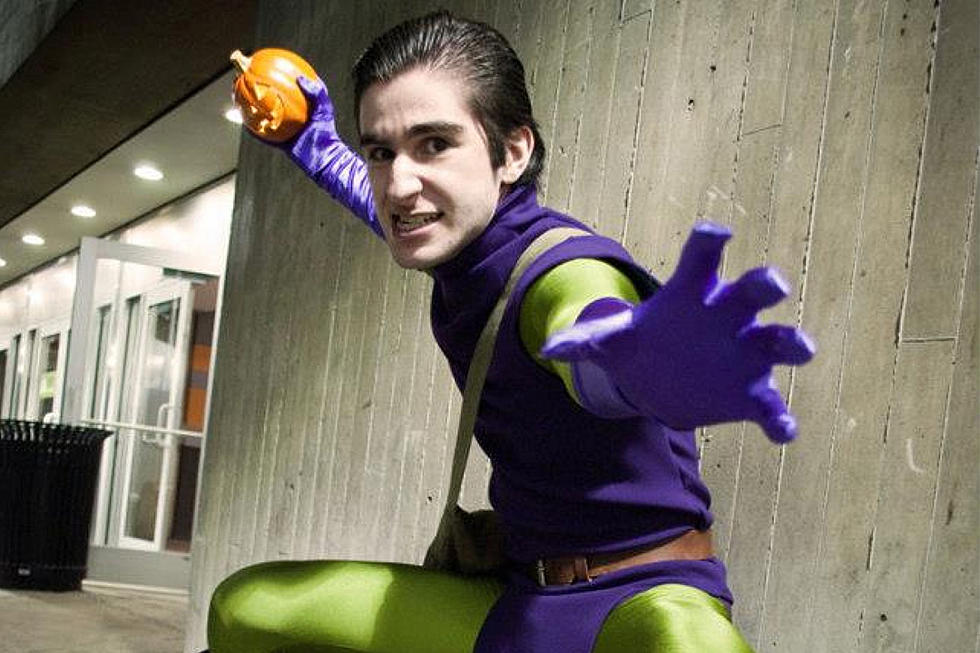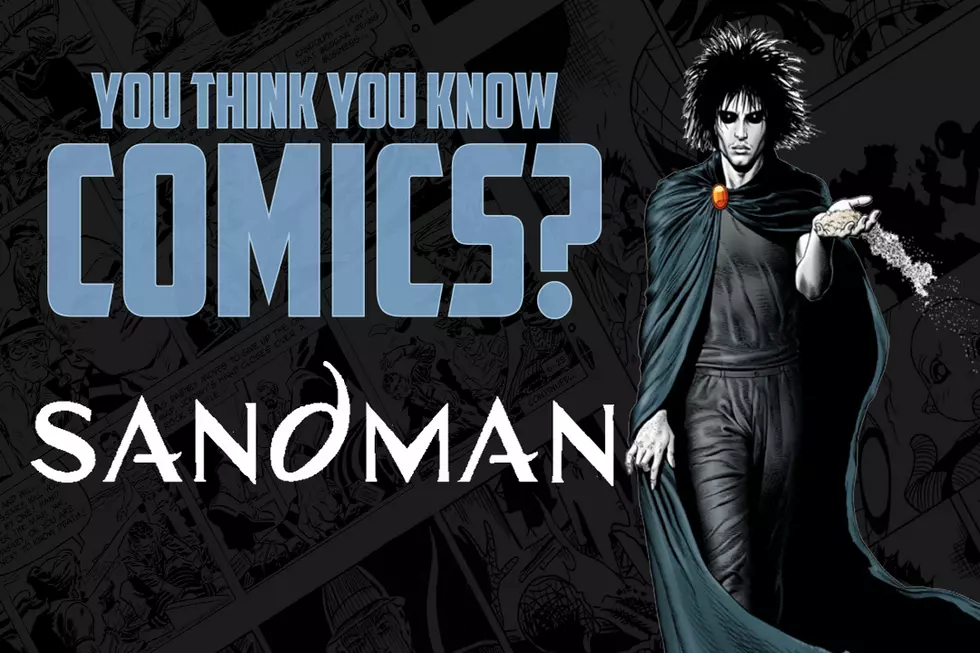
Celebrating the Epic Beauty and Stunning Fantasies of Charles Vess
There are a number of names that get thrown around when discussing comics' great artists, but Charles Vess is one who stands alone from the pack, occupying a whole category of the conversation unto himself. His work is immediately recognizable, his voice and personality shining through in every project – depicting impossible worlds in a naturalistic way, using a craftsman's eye and skill to channel unbridled imagination onto paper, creating fantastic images that never fail to evoke sincere human emotion.
He's part of a specific generation of creators that emerged in the '70s, who drew as much from illustration and fine art as they did from their cartoonist peers, and synthesized those influences in new and exciting ways: along with peers such as Michael Wm. Kaluta and P. Craig Russell, he helped expand the vocabulary of comics by incorporating elements of classic fantasy, book and magazine illustration, and art nouveau into his work, and in the process, he forged a style and approach that are uniquely his own.
His first published work appeared in 1972, in a comic supplement to Virginia Commonwealth University's student newspaper, and after moving to New York in 1976, he began contributing to Heavy Metal and other publications. In the '80s, he started working for Marvel, drawing covers for Web Of Spider-Man, and illustrating a number of well-received fantasy projects including the Raven Banner: A Tale Of Asgard graphic novel, short stories for Epic Illustrated, and a quartet of Marvel Fanfare issues featuring the Warriors Three.
It was in 1990, however, that he ascended to the top tier of the industry, with the July publication of his original Spider-Man graphic novel, Spirits Of The Earth, and the September release of Sandman #19, a story that would go on to fame as the first comic book to win the World Fantasy Award in the "short fiction" category (which prompted a change of rules, preventing comics from being eligible for that honor in subsequent years).
Following that Sandman issue, he has gone on to collaborate with Neil Gaiman on a number of other projects including issue #3 of the Books Of Magic mini-series; two other Sandman issues (a short story in issue #62, and the entirety of #75, the series finale); the children's book Blueberry Girl; and most famously, the four chapters of the "illustrated novella" Stardust, which was later adapted into a major motion picture.
His CV in his works away from Gaiman is no less impressive. He has illustrated a number of fantasy books by writer Charles de Lint; he co-created a four-issue Prince Valiant series for Marvel; he illustrated the three issues of Jeff Smith's Bone prequel Rose; he contributed to various series from Vertigo and other publishers; he self-published the Book Of Ballads And Sagas, a series adapting traditional folk songs and folklore; and he continues to draw, paint, and sculpt, and illustrate new projects from his studio in the Virginia countryside.
The more I think of it, the more I think his work's appeal centers on the way he reconciles apparent contradictions: creating fantasies of unparalleled beauty that still ring true, tied to the world we know through their organic sense of design and the core humanity that carries through each and every line. He puts dreams on paper, and makes it possible to believe in them.
It's ComicsAlliance's pleasure to thank Charles Vess for all his work both in and outside of comics, and to wish him the very happiest of birthdays!
More From ComicsAlliance

![Marvel Legends’ Latest Spider-Man Wave Builds a Dream of a Sandman Figure [Review]](http://townsquare.media/site/622/files/2017/03/IMG_1721.jpg?w=980&q=75)
![My Favorite Monster: Facing Your Demons With Mazikeen [Fantasy Week]](http://townsquare.media/site/622/files/2016/10/mazikeen-featured.jpg?w=980&q=75)
![The Poet Of The Lost: Rediscovering Caitlin R. Kiernan [Fantasy Week]](http://townsquare.media/site/622/files/2016/10/drowninggirl-feat.jpg?w=980&q=75)

![There’s Something For Everyone in Marvel Legends’ Latest Lines [NYCC 2016]](http://townsquare.media/site/622/files/2016/10/IMG_1076.jpg?w=980&q=75)



